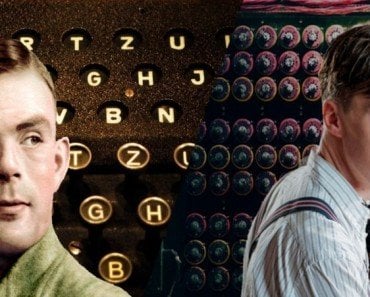Table of Contents (click to expand)
The QWERTY keyboard is the most widely used keyboard style because it is familiar to people and requires minimal effort to learn. Additionally, the QWERTY keyboard is designed to prevent jamming, which was a concern of early typists.
There is a popular saying that you’ve almost certainly heard before: “Change is the only thing that is constant”. As you also know, this is true for the fields of science and technology too. With any new knowledge, there will be improvements in every field: from cars and computers to planes and telephones. Almost everything will feel the effects, including us humans. However, there is one tool that has always been constant: the keyboard we use. Almost 150 years after its invention, we still use the same old QWERTY keyboard.
From the great writers of the early 1900’s who wrote their novels on typewriters to the current era of computers and smartphones where email, social networking, and Whatsapp have become a part of daily communication; the same QWERTY keyboard is broadly implemented as the most preferred keyboard style.
But how did this QWERTY keyboard come about and survive generations of innovation? What’s so magical about it that even after 150 years, we haven’t switched to a different keyboard.
Recommended Video for you:
The History Behind QWERTY
American inventor Christopher Latham Sholes is credited with the invention of the QWERTY keyboard. Sholes filed a patent to develop his keyboard in 1867. An earlier keyboard developed by Sholes was in alphabetical order and letters were placed like the keys on a piano.
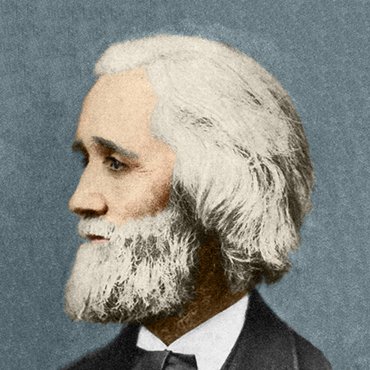
The idea was that everyone was familiar with the English alphabet, so it would be easy for them to type if keys were placed alphabetically. However, this design had a basic flaw: characters that were mounted on type-bars would clash if the adjacent letters were typed together or in rapid succession.
The Story Of QWERTY
In the piano-type keyboard, the most commonly used English letter sequences, “th”, “st” and “re”, were close together. Sholes, in order to correct this flow, tried to place these common letters at a distance from each other. The popular belief is that Sholes used the QWERTY keyboard to slow down the typist, but if that belief were true, then the fourth-most commonly used letter pair, “er”, wouldn’t be placed as close together as it is on a QWERTY keyboard.

However, in reality, the QWERTY keyboard was created after consulting many typists to determine the best placement of alphabets on a keyboard that would result in fast typing with both hands. Preventing jamming was also a concern, but the main purpose was to find the best possible sequence that would result in faster typing.
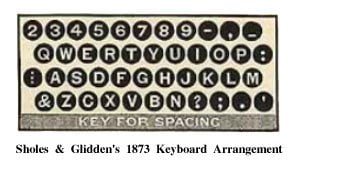 Sholes sold his model to Remington and Sons in 1973. Remington made some changes to the model and the QWERTY layout became popular in 1878. The model Remington No. 2 was the first typewriter to use both upper case and lower case letters via the shift key.
Sholes sold his model to Remington and Sons in 1973. Remington made some changes to the model and the QWERTY layout became popular in 1878. The model Remington No. 2 was the first typewriter to use both upper case and lower case letters via the shift key.
QWERTY Vs. Other Keyboards
QWERTY keyboards are still used because they are believed to provide the fastest possible typing. However, many other keyboards have been invented that claim to provide faster typing than the QWERTY keyboard, the most prominent being the DVORAK keyboard.
The DVORAK keyboard was invented by Augustus Dvorak in 1936. The major feature of Dvorak’s keyboard was that the most commonly used letters were in home rows, which he argued would reduce a user’s finger movement as compared to the traditional QWERTY keyboard.
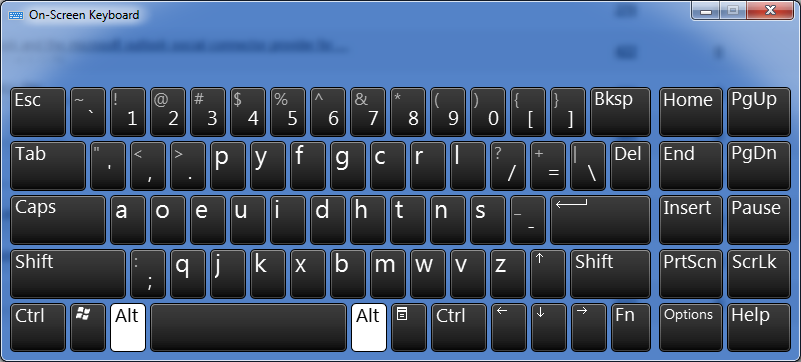
Experiments at that time showed that users could type faster on Dvorak’s keyboard as compared to the QWERTY keyboard, but those users were trained in Dvorak typing, so it didn’t give Dvorak a competitive edge with regular users.
The QWERTY keyboard, when it came to popularity, was the only one of its kind. This meant that all typists were trained in QWERTY, which became the norm. By the time Dvorak entered the market, people were so used to QWERTY that it would have been difficult for people to change.
As all the current software and applications work based on a QWERTY keyboard, it has become the standard for keyboards. Some operating systems do provide the option to switch to Dvorak though.

Another alternative to QWERTY is the Colemak Keyboard. Colemak keyboards are quite similar to QWERTY keyboards, which makes it easy for users to switch from QWERTY to Colemak. Like Dvorak, a Colemak keyboard is designed such that the most used-letters are in the home row, therefore reducing finger movement of users.
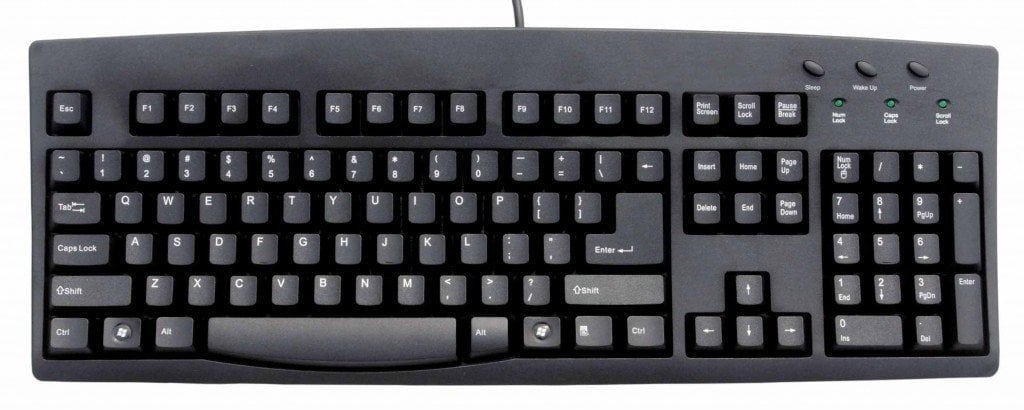
As we know all too well, people are generally resistant to change, particularly if it will require significant effort, which is part of the reason why QWERTY is the most widely used keyboard style. People have simply become used to it. While it is debatable whether QWERTY keyboards are the fastest-typing keyboards available, they are certainly not bad and are easy to use. Furthermore, by the looks of it, it seems that they will be here to stay for another century or so.



